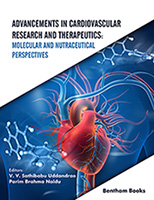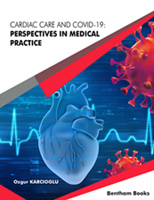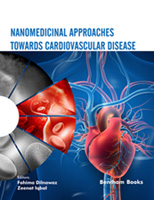Foreword
Accurate risk assessment may be helpful in decreasing cardiovascular events through more appropriate targeting of preventive measures. Traditional risk prediction scores such as the Framingham risk score, the European Systemic Risk Evaluation (SCORE) and the Italian “Progetto Cuore”, have been proven very useful in identifying people at risk for cardiovascular events. However, such risk scores have limitations. Indeed, a large group of men (greater than 55 years of age) and women (greater than 65 years of age) is currently categorized at intermediate risk (10-20%) and consequently does not qualify for the most intensive risk factor intervention. However, many of these people may have features of subclinical atherosclerosis. This issue has been treated extensively in an up-to-date way by Salvatore Novo and his co-workers in a monograph, for the series of “Bentham Monographies”, entitled “Preclinical Atherosclerosis, Global Cardiovascular Risk and Cardiovascular Events” [Editor S. Novo (Palermo, Italy), Co-Editors J. Fareed (Maywood, Illinois, USA), E. Kalodiki (London, UK) and J. Walenga (Maywood, Illinois, USA)]. In this manuscript the traditional and emerging cardiovascular risk factors, encompassing the Metabolic Syndrome and its relationship with the subclinical atherosclerosis and cardiovascular events, the conventional office-based risk screening methods and the treatment of patients with subclinical atherosclerosis beyond the cards of risk, have been widely described. Special attention has been paid to an overall review of all the non-invasive diagnostic tools aimed at determining the extent of atherosclerosis in asymptomatic patients and improving cardiovascular risk prediction. Finally, we hope that this monograph will provide the Cardiologist and the Medical General Practitioner with an adequate guide to recognize and classify the real global cardiovascular risk of his/her patient and identify individuals who would benefit from more aggressive primary prevention strategies.
Prof. Alberto Notarbartolo
Full Professor of Internal Medicine
Department of Internal Medicine and Emerging Pathologies
University Hospital Paolo Giaccone of the University of Palermo
Italy





